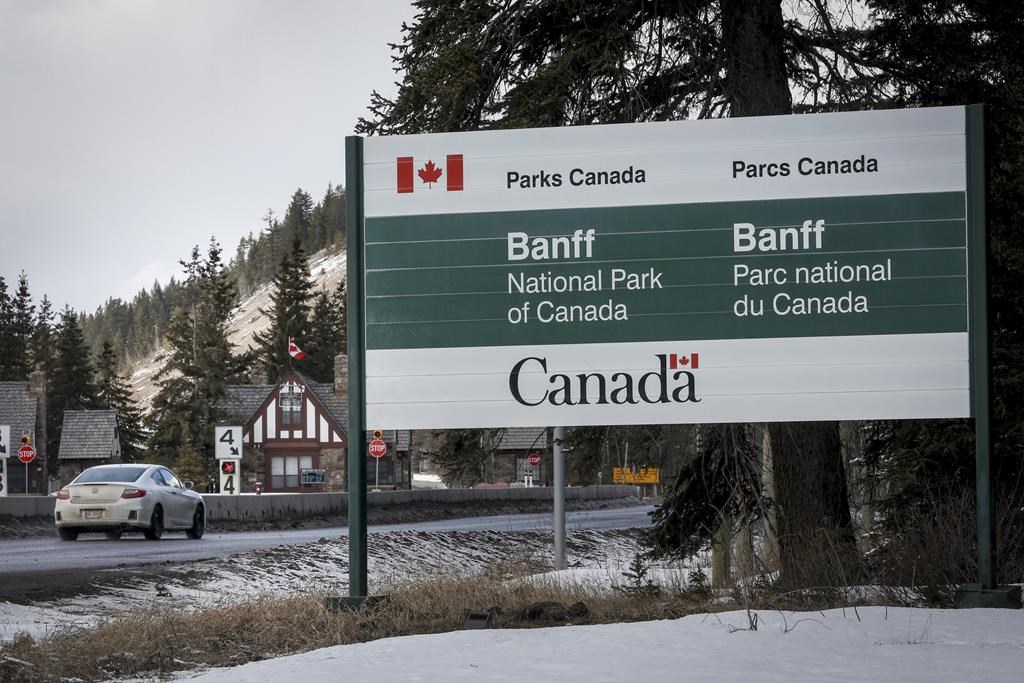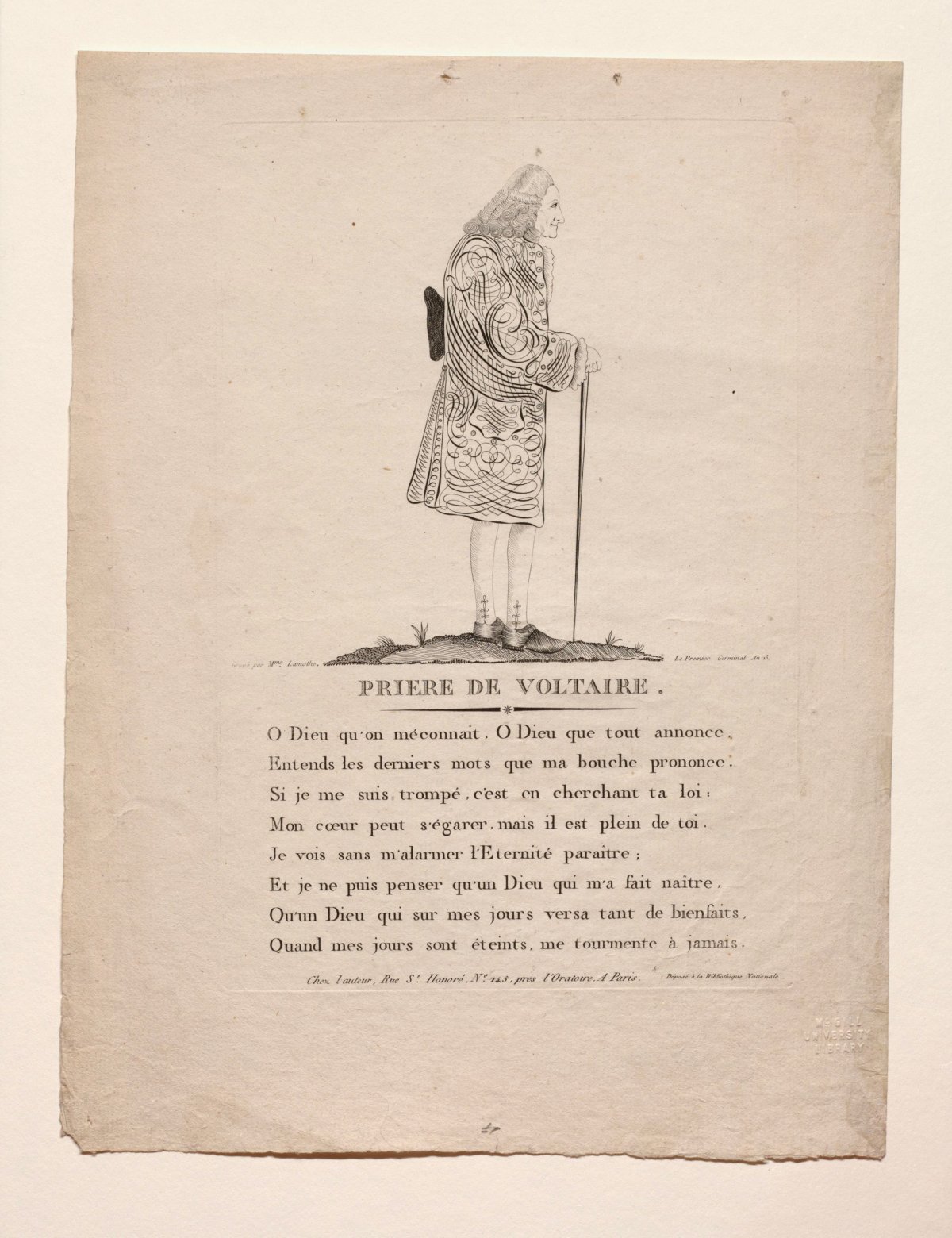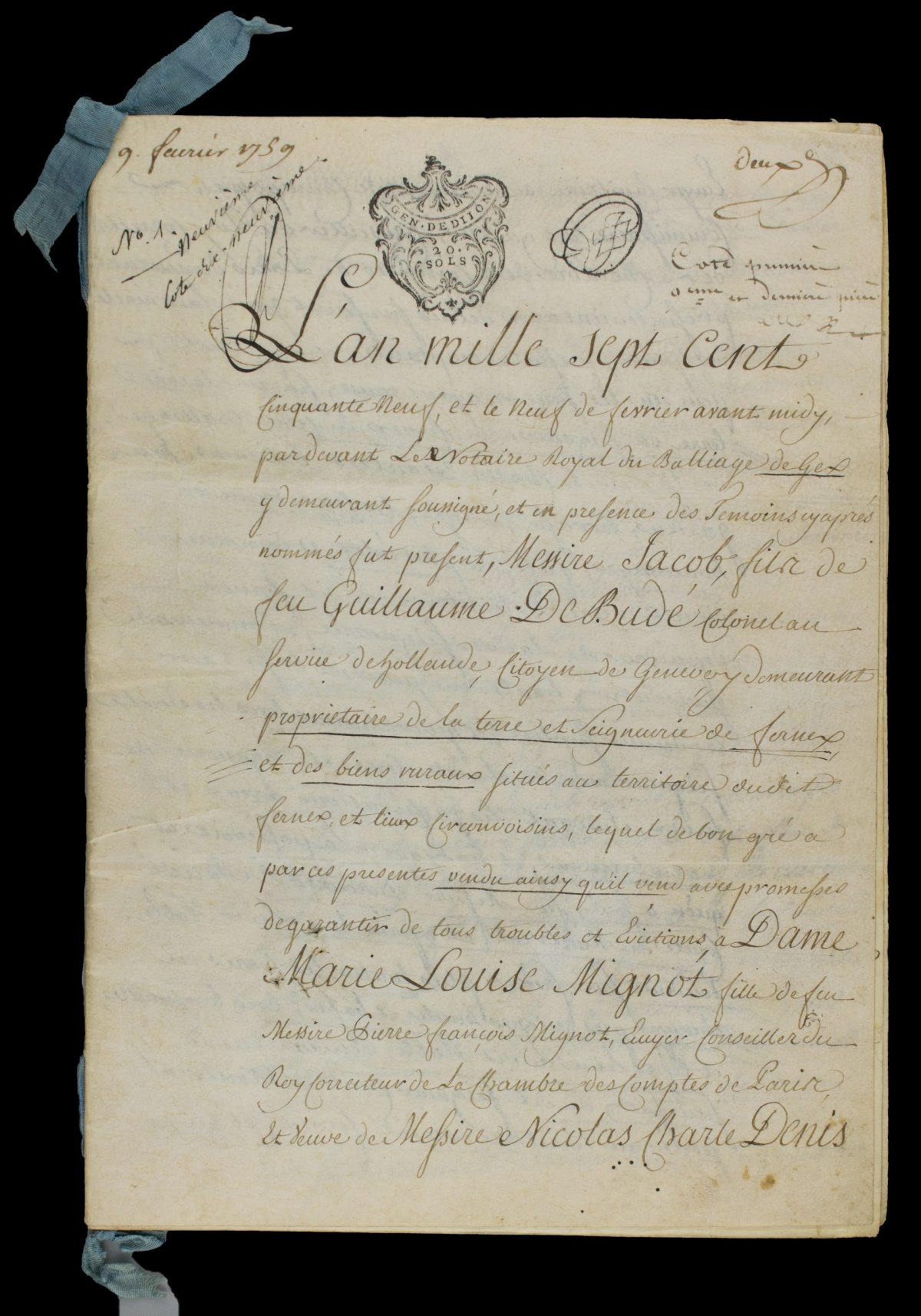CANADA
What a Fairer Migrant Farm Worker Program Could Look Like
This summer, The Tyee published a three-part series about exploitation of migrant workers on B.C. farms.
We found cases of physical and financial abuse, reports of workers who lived in chicken coops and barns and massive gaps in oversight that critics say have allowed bad actors to go unfound and unpunished
But we also heard — repeatedly — that the program that brings migrant farm workers to B.C. should not end.
Workers told us this program was vital to providing for their families. Businesses, meanwhile, said their farms could not afford to operate without those workers, most of whom come from Mexico and Guatemala.
In 2004, when B.C. first began allowing temporary foreign workers in the agriculture sector, there were just a few dozen such workers. This year, by conservative estimates, there were more than 10,000.
The vast majority of those workers are on a “closed” work permit, which means they can only work a specific job for a specific employer in a specific location for a fixed period of time.
For employers, that means they don’t have to compete with other farms for workers. For workers, that means they can’t quit their job without losing their right to remain in Canada, and that they have no obvious path to permanent residency or citizenship if they choose to pursue it.
“Because workers are on tied work permits, it’s very difficult for them to change bosses when they experience substandard housing conditions, or if they experience an abusive boss,” said Anelyse Weiler, a professor of sociology at the University of Victoria who has long studied migrant farm labour in B.C.
Right now, the only option for a worker facing abuse is to ask the federal government for an open work permit. Advocates and lawyers say those applications are difficult to complete. The paperwork must be filed in English or French — not Spanish, the language most workers speak. Overall, about half of all requests in B.C. are rejected, with little chance for appeal. The open permit lasts just one year.
Tomoya Obokata said it doesn’t make sense that a worker can change jobs only if they can prove they have been mistreated.
“Why do you have to wait until you’re exploited until you’re moved to a new employer?” said Obokata, the United Nations special rapporteur on contemporary forms of slavery. Obokata recently released a report on Canada’s Temporary Foreign Worker Program that was critical of the power the program gives employers.
In some cases, Obokata said, conditions were so strict that some migrant farm workers he met also did sex work to make ends meet.
A Canadian Senate committee is currently conducting its own study on that program. Sen. Ratna Omidvar said another drawback of closed permits is that workers cannot look for other jobs when a job falls through.
In British Columbia, for example, many migrant farm workers recently lost weeks of salary or went home early because of unseasonably high heat and devastating wildfires.
“What do these temporary migrant workers do when they’re in a strange place, in a rural outpost, and they have no work?” Omidvar said.
Weiler said she believes the best solution is also the simplest: letting workers switch jobs.
There are various ways to do this. Some migrant advocacy groups have called for permanent residency status for every temporary foreign worker, a proposal they call “status for all.”
Others believe it may be more palatable to offer workers an open permit within a specific industry, like agriculture.
Glen Lucas, president of the BC Fruit Growers’ Association, said such a proposal is interesting but might face pushback. Some farmers, he said, pay to fly workers from their home countries to Canada and would resent losing that money in the event a worker resigns.
Omidvar added that if the federal government is issuing broader permits, it also needs to monitor their effects on different sectors carefully.
Weiler said letting workers switch jobs should be just one part of boosting their power in the workplace. She said migrant workers should have union representation, if they want it, or access to a sectoral bargaining model to boost wages.
“I think pretty much anything else is just going to be a Band-Aid with no dressing,” she said.
For almost all migrant farm workers in B.C., farms are not just employers; they’re landlords.
Businesses and migrant worker groups alike agree the exploding number of migrant farm workers in B.C. has strained their ability to house the new labour force.
In some cases, worker advocate Perla Villegas said, that’s led to employers housing workers in conditions that are unsanitary and even dangerous.
Villegas said she has seen cases where workers are housed in barns or makeshift sheds, or where dozens of workers are crammed into a single house with limited washroom facilities.
“I remember one of the workers telling me, ‘My dog in Mexico lives better than I do,’” said Villegas, who works for Radical Action with Migrants in Agriculture, a grassroots non-profit operating mostly in the Okanagan.
In theory, housing — and everything else in the Temporary Foreign Worker Program — is tightly regulated by half a dozen provincial and federal government agencies.
In reality, Villegas and other worker advocates say inspections are often infrequent, perfunctory and ultimately ineffective when it comes to deterring bad behaviour.
“What we need are inspectors. We need the government to know through inspectors the way that workers are really living,” Villegas said.
The provincial government used to have a dedicated team for inspecting labour conditions on farms. But it was disbanded in 2003. Now, most of those inspections are done by Service Canada, which is run by the federal government.
Javier Robles, an outreach worker with KCR Community Resources in Kelowna, said those inspectors are rarely seen on farms. When they are, he said, the inspectors typically don’t speak Spanish, meaning they can’t communicate with workers about what’s happening.
Robles said that is a wasted opportunity, since many outreach workers like him speak Spanish and are funded in part by federal grants.
Obokata said he also found many of those inspections were not random, as they are supposed to be.
“According to migrant workers, many, if not most, are pre-announced, so the employers know exactly when they are coming in,” Obokata said.
He said that “appalling” lack of oversight was compounded by the fact that fines for violations were often fairly small. Weiler said the result is that some employers may view those fines as a business expense rather than a deterrent.
“Honestly, penalties should be sufficiently high to deter non-compliance,” Weiler said.
B.C.’s migrant farm workers are theoretically protected by government agencies that regulate everything from housing to working hours to their immigration status.
In practice, critics say, the many agencies involved means that none take ownership over key parts of how the program operates.
“Nobody seems to know who does what,” Omidvar said.
In British Columbia, for example, the provincial Ministry of Health regulates the standard of housing for work camps, which include farm worker housing. But the ministry itself has no role in inspecting or overseeing that housing — that’s done by federal government.
When asked about problems in the program, Weiler said the two governments often point to each other.
She argued the governments need to streamline responsibilities so that issues in the program can be addressed more quickly.
“There’s a hot-potato issue of jurisdictional football where each layer of government asserts it is not responsible for co-ordinating something,” Weiler said.
Randy Boissonnault, the federal minister who oversees Employment and Social Development Canada, did not respond to an interview request.
B.C. Agriculture Minister Pam Alexis also was not available for an interview.
In a provided statement, she wrote that staff in her ministry “are in regular communication with the Mexican consulate and any concerns are flagged” to the ministry in charge.
But the Mexican Consulate told The Tyee it has also been frustrated by the overlapping provincial and federal jobs.
“There are a lot of agencies that have a very broad mandate,” Mexican Consul General Berenice Díaz Ceballos said.
In some cases, Díaz Ceballos said, her staff have “blacklisted” farms from hiring Mexican workers because of bad behaviour. But nothing stops those farms from hiring workers from other countries.
They can also continue hiring Mexican workers under a different program with less consular oversight.
For years, most migrant farm workers in B.C. came under the Seasonal Agricultural Worker Program, or SAWP, which is brokered between Canada and partner countries like Mexico. Workers in that program work under temporary visas of up to nine months.
But farms can also hire workers through the agriculture stream of Canada’s Temporary Foreign Worker Program. Those visas can last up to two years, and foreign consulates have far less influence and oversight.
The government of Mexico cannot enforce Canada’s own labour laws, Díaz Ceballos said, and provinces should step up to protect these workers.
“They are working for Canada, contributing to Canada and paying their taxes here in Canada. That’s why we are insisting that much more needs to be done by the provincial authorities, and also by the employers,” Díaz Ceballos said.
Lucas of the BC Fruit Growers’ Association told The Tyee many fruit farms in the province would shut down if they no longer had access to foreign workers, or if they were required to pay more for the service.
Lucas said that without them, the province’s industry would no longer be able to compete with farms in the United States and New Zealand, which also rely on foreign workers to get their product to market.
It’s an argument Omidvar said she has heard from employers in a number of industries, from fast-food services to seafood processing to agriculture.
But she said economic gain is no reason to ignore problems in the program.
“We can have both; economic prosperity and justice for workers,” Omidvar said.
Zak Vescera, Local Journalism Initiative Reporter, The Tyee

























